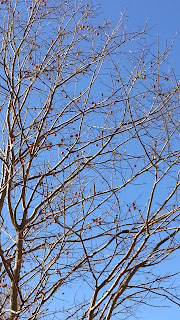Good nutrition is so vital to our well being, and nothing starts the day better than a nutritious breakfast. Car campers tend to take breakfast very seriously; drive through any established campground around breakfast time and your sense of smell will be positive assaulted by the scent of sizzling sausage and bacon and freshly brewed coffee. Pancakes with syrup and scrambled eggs round out the feast.
On the trail, however, breakfast tends to be Boring with a capital B. Oatmeal. Oatmeal with blueberries. Oatmeal with cinnamon and raisins. Cream of wheat. Blah, blah, blah. And I am sure that backpackers need waaayyy more nutritious calories than the car camping bunch.
 |
| Paleo Bread; Wheat free, made with Nut Flour |
One food I am experimenting with is pancakes and syrup. A very easy way to have pancakes on the trail is to simply dehydrate some cut up homemade pancakes, rehydrate in a zip lock with some boiling water, and add a pouch of syrup. Yummy and almost like homemade. But I liken it to junk food. Empty calories with no nutrition.
Since I am swearing off traditional flour-based foods, I had to find another option. I found this bread recipe from Elana's Pantry and realized it would form the basis for some great healthier trail meals. I followed the recipe and made the most delicious nut-flour bread ever.
 |
| Paleo Bread Crackers |
The rest is easy! Just toss some crackers in a quart-sized freezer zip lock bag and add a Tablespoon or two of real maple sugar. When in camp, add a very scant amount of boiling water to the bag and cozy. Within a few minutes you can enjoy something that is very similar to SAD dried pancakes, but without the guilt!
Happy Hiking!







